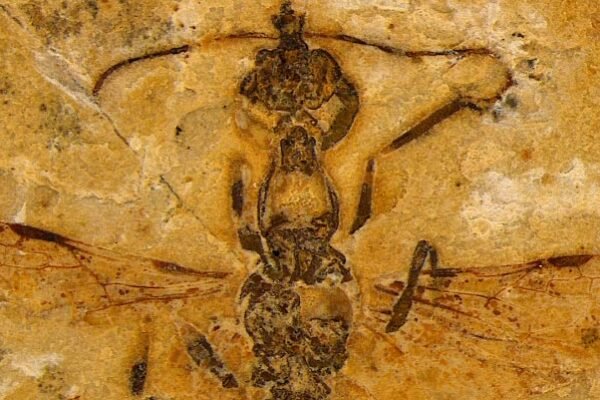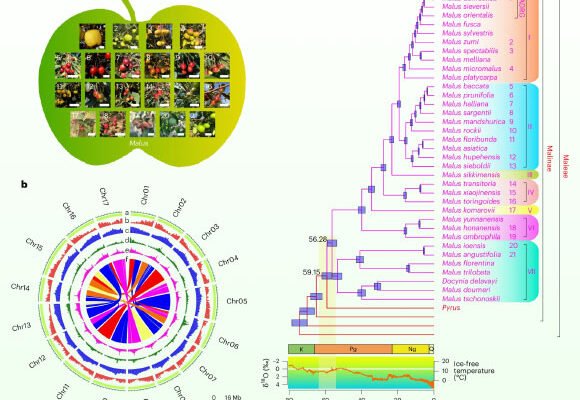
Paleontologists Describe New Species of Rhabdodontid Dinosaur
Named Obelignathus septimanicus, the new species inhabited the European Archipelago around 72 million years ago (Cretaceous period) and belonged to a family of iguanodontian ornithopod dinosaurs called Rhabdodontidae. Life restoration of Obelignathus septimanicus in the Late Cretaceous environment recorded in the ‘Grès à Reptiles’ Formation, with a pair of dromaeosaurid dinosaurs in the background. Image…















